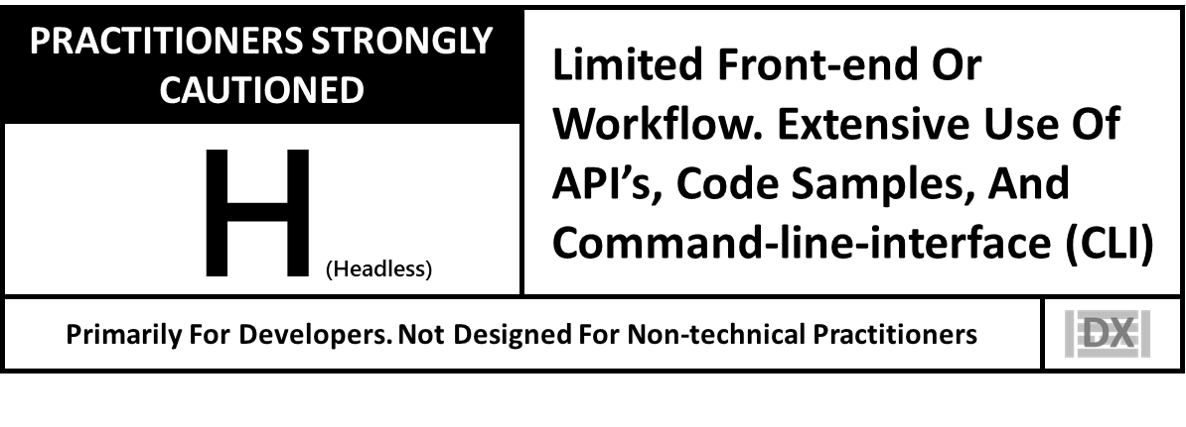Rated H For Headless (Is Headless CMS For Mature Audiences Only?)
My colleague Joe Cicman just published a new report (“The New Commerce Revolution: Off With Their Heads (Or Not!“) to help de-hype headless commerce. Much of that work is also very relevant to headless content management systems (CMSes), which we started covering over three years ago (“The Rise Of The Headless Content Management System“). However, we’re at least four years into the “headless” trend, and much confusion remains.
Case in point: I hear about headless from both clients and vendors all the time — but the mismatch is concerning:
- There is heavy interest from the end-user clients — many of whom are marketing leaders — who tell me they want headless because they don’t want to have to work through IT to publish updates to their content. Unfortunately, they don’t understand that “write once, publish everywhere” is a promise of headless, but that potential future reality will require more developer input rather than less, especially at the start of the replatforming.
- The vendors that started out branding themselves as headless solutions tell me one of the hardest parts of their sales efforts is to sniff out which prospects are really not ready for a headless approach. If they fail to detect that lack of readiness, then the customer signs up and their practitioners quickly ask “Where’s my drag-in-drop interface?” Wah wahh.
So we have (somewhat jokingly) crafted a headless rating for software vendors and customers to better understand the risks for digitally immature organizations. Joking aside, the industry could benefit from a centralized rating system for the technical maturity necessary to build and operate these solutions.

In lieu of that rating system, we have a good stand-in: our digital experience (DX) maturity tool — a 20-question self-assessment survey. Specifically, here are five of the key statements related to headless that end-user organizations should self-identify on how strongly they agree on a 5-point scale (1 = strongly disagree; 3 = neutral; 5 = strongly agree):
- Our DX team proactively recruits and develops talent (e.g., via community outreach, university programs, hackathons, continuing education, mentoring programs, and documented career paths).
- Our DX strategy supports a broad set of channels/touchpoints/experiences (e.g., web, mobile, email, social, or chat).
- Our DX content strategy focuses on reuse and optimization via connected repositories, composable components, and content analytics.
- Our DX team dynamically composes experiences and journeys based on customer, historical, and situational data.
- Our DX architecture focuses on reusable core services accessible via open APIs.
If you can confidently answer a 4 or 5 on these statements, then a headless approach is probably a smart move. If you’re averaging 2s and 3s, then maybe reconsider.
Want to talk it out? Please set up an inquiry (clients).